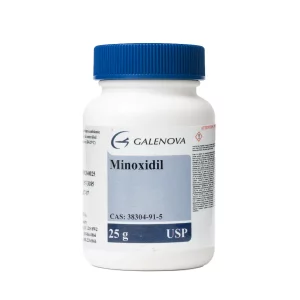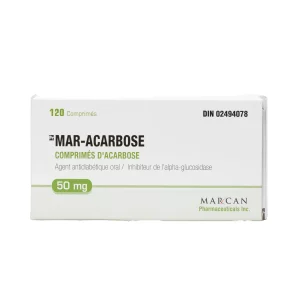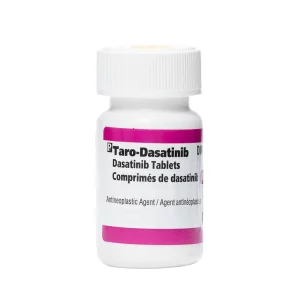Your cart is empty.
Your cart is empty.
Ozempic (semaglutide) is a GLP-1 receptor agonist primarily approved for type 2 diabetes and weight loss. In addition to its well-established effects on metabolic health, recent interest has grown in its potential effects beyond metabolic health, including Ozempic’s mental health benefits and possible impact on respiratory health.
There is also ongoing research on how Ozempic helps fatty liver. Some individuals are also exploring options to buy Ozempic to boost their daily lives. This article explores the emerging science, studies, and hypotheses surrounding Ozempic’s respiratory benefits.

Metabolic dysfunction, encompassing conditions like insulin resistance, obesity, and systemic inflammation, can significantly contribute to various lung conditions. For instance, increased weight can restrict lung expansion, while inflammation can narrow airways and increase airway resistance, making breathing more difficult. The connection is such that interventions improving metabolic markers may also positively impact lung function.
Ozempic, a GLP-1 receptor agonist, works by:
These effects suggest that Ozempic’s mechanisms of action offer some support to respiratory health.
Emerging findings indicate a potential link between GLP-1 agonists like Ozempic and improved respiratory outcomes. These Ozempic respiratory benefits are being investigated in several studies.
COPD (chronic obstructive pulmonary disease) is a chronic lung condition characterized by symptoms like shortness of breath, inflammation, and airway narrowing. Given Ozempic’s mechanisms, there are hypotheses about its potential role in managing COPD. The phrase “Ozempic and COPD” is increasingly used in research discussions.
Ozempic may help COPD patients by:
While Ozempic is not a standard treatment for COPD, some pulmonologists and endocrinologists are exploring its potential in this area. The phrase “Ozempic for COPD” reflects this growing interest among experts.
Some clinical commentary and insights suggest that repurposing GLP-1 agonists like Ozempic may offer a new avenue for managing COPD, particularly in patients with comorbidities like diabetes and obesity. However, experts emphasize that more rigorous trials are needed.
Weight loss, often a result of Ozempic treatment, can lead to several indirect improvements in respiratory function. These include:
These improvements can enhance breathing efficiency and increase energy levels as secondary effects.

While not a direct treatment, Ozempic might be considered in specific cases:
It’s important to acknowledge that much of the Ozempic and respiratory health data is preliminary or observational. A limited number of human trials are specifically designed to address respiratory outcomes.
A cautious but optimistic approach is warranted. Ozempic is not a standalone respiratory treatment, and further research is needed to fully understand its potential benefits and limitations in this area.
Individuals using Ozempic can further support their respiratory health through complementary lifestyle interventions:

Here are some common questions about Ozempic and its potential respiratory effects:
Early studies suggest Ozempic may reduce inflammation and improve lung function indirectly through weight loss and metabolic control.
No, Ozempic is approved for type 2 diabetes and weight management. Its potential respiratory effects are currently being explored in research settings.
Some small studies and expert opinions suggest it might reduce exacerbations and inflammation in COPD, but it’s not yet a standard treatment.
Potential benefits may begin within a few months, particularly if weight loss or reduced inflammation improves lung mechanics.
Only under close medical supervision. While it’s being evaluated for broader uses, Ozempic should be prescribed based on individual health needs and risk factors.


Minoxidil 25mg - Oral vasodilator for blood pressure management. Cardiovascular foundation support, pharmaceutical-grade standards, expert monitoring required.

Acarbose 50mg 120 Tablets - Gentle introduction to glucose control. Three-times daily with meals, precision-formulated tablet strength.

Dasatinib 20mg 60 Tablets - Flexible pediatric-strength dosing option. USP standards compliance, anytime administration, gradual increase capability.
Unlock savings on bundles and elevate your online experience today!